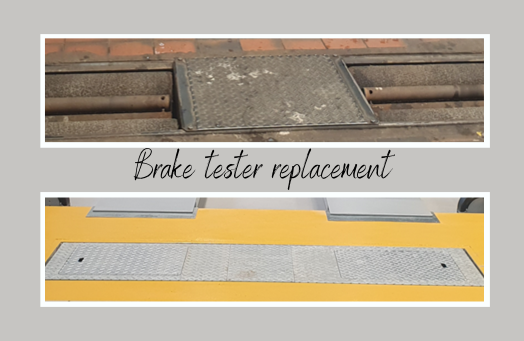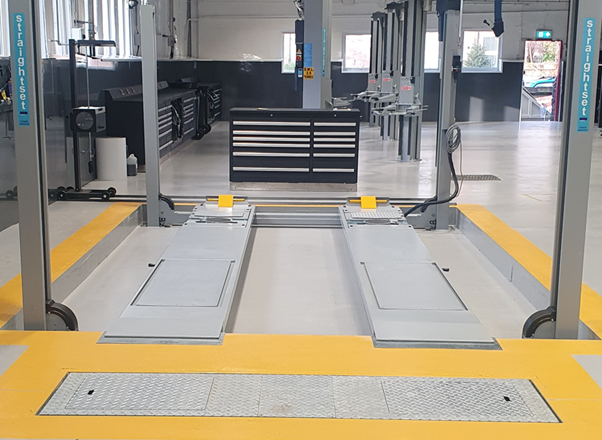This site uses cookies to ensure you get the best experience. Learn more.
Toggle Nav

While standalone garage equipment is simple to replace, some heavier, fixed position items, may prove more problematic. In the case of brake testers, which are often installed in bespoke floor recesses in front of workshop doors, the potential for business disruption is larger. So, what can garages do to reduce both inconvenience and cost impacts?

Plan for brake tester replacement
Leaving a brake tester to fail at the end of its life creates an impossible situation where disruption is inevitable. Therefore, being proactive is the best approach to reduce the impact of replacement, by taking control of the situation.
Talk to a few garage equipment suppliers, and work out what will fit into the old unit’s place. Understanding what is involved is also crucial. Very often, brake testers can be replaced using the existing floor recesses. This saves both the cost and time required to dig out the existing recess to modify it to a new unit. It can also save you days in lost productivity waiting for concrete to dry.
Know the options available
Just replacing one brake tester with one the same is not always giving you the best bangs-per-buck. Therefore, it is always best to know the available options before deciding on the product, and action, to take.

Rollers that were originally only 600mm wide are often too small for the largest class IV vehicles. Increasing the size of the roller bed can enable you to test a wider range of vehicles, increasing potential profitability. Some class IV vehicles are very wide, and some are very near the class IV weight limit. So, uprating the roller bed to a heavier capacity would be a wise investment, and one that cannot be done retrospectively after your new unit has been installed. Brake testers can also have Class I and Class II adaptors for motorcycle testing.
Features such as tablet control, repeat monitors, weighbridges and many other features that could be useful to your operation are available, but not always off the shelf. Research is key, to understand what your business needs, what it can work with, and how this may impact installation time.
No need to panic buy
Planning for a brake tester replacement ahead of time gives the opportunity to consider the options available.
A panic buy can severely limit these options as you try to get your MOT bay operational again as quickly as possible. The list of DVSA accepted equipment comes with all the information you need to ensure it is suitable for the types of vehicles you are testing.
It is also worth remembering that just because a brake tester appears on the accepted list, it does not mean they are all equal. Research is essential.
If you buy an existing business with equipment already installed, and the equipment is not already MTS DVSA connectable, you will need to either upgrade (if available from the manufacturer) or replace.
Key points to remember
To find out more about Straightset’s range of MOT and ATL brake testers, please call on 01909 480055, email [email protected] or visit www.straightset.co.uk.